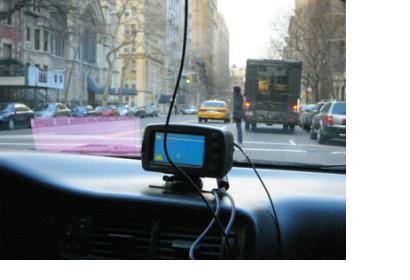United
Nations
Office for Outer Space Affairs
UN-SPIDER Knowledge Portal
Researchers at Universidad Carlos III de Madrid (UC3M) have developed a new system which improves the ability of a GPS to determine a vehicle's position as compared to that of conventional GPS devices by up to 90 percent, and which can be installed in any vehicle at a very low cost.
The prototype incorporates a conventional GPS signal with those of other sensors (accelerometers and gyroscopes) in order to reduce the margin of error in establishing a location.
The researchers are now starting to work on the integration of this system into a mobile telephone, so that it can integrate all of the measurements that come from its sensors in order to obtain the same result that we have now, but at an even much lower cost, since it is something that almost everyone can carry around in his pocket.
